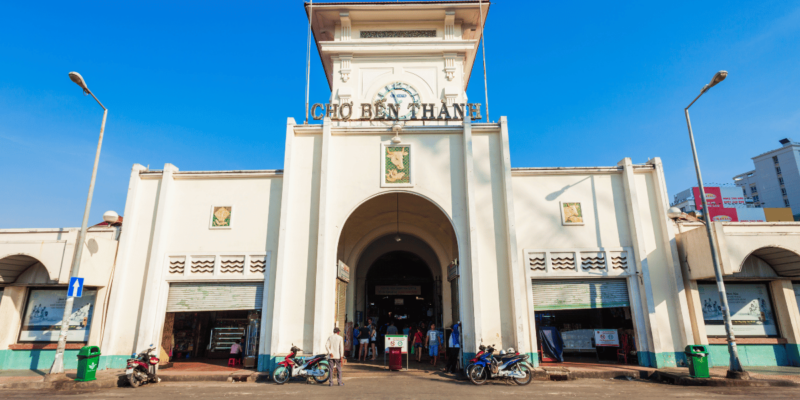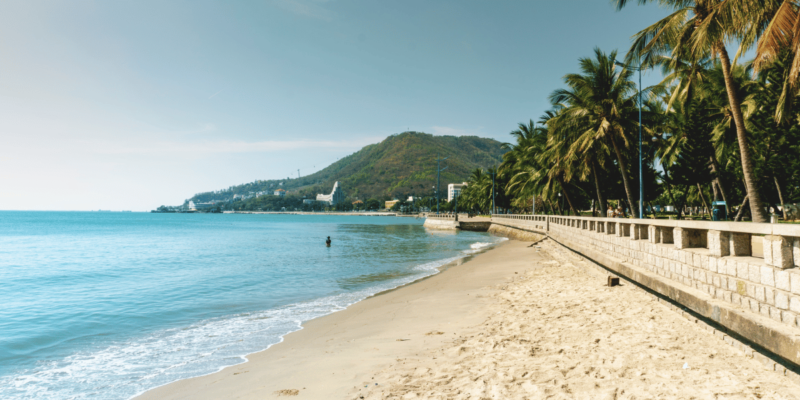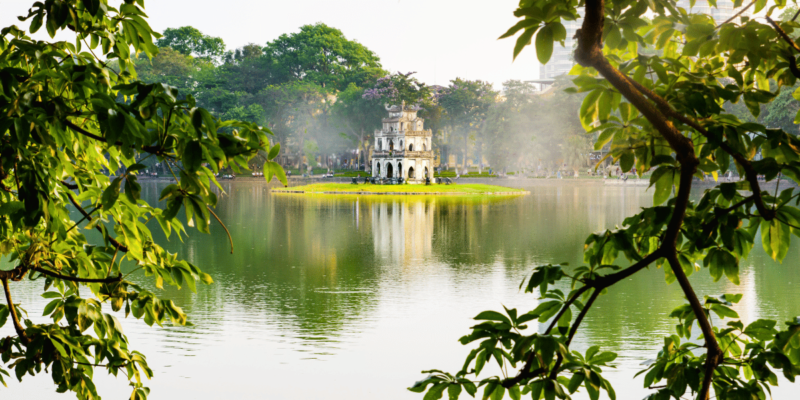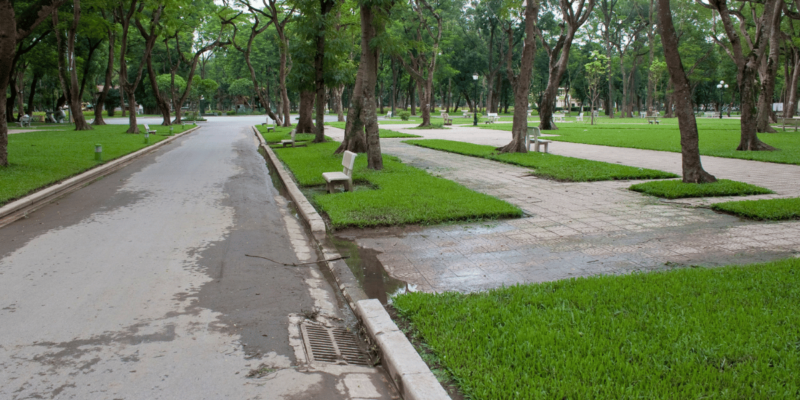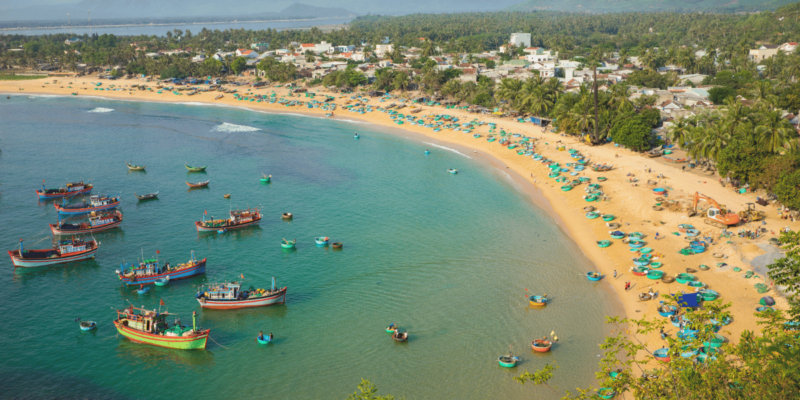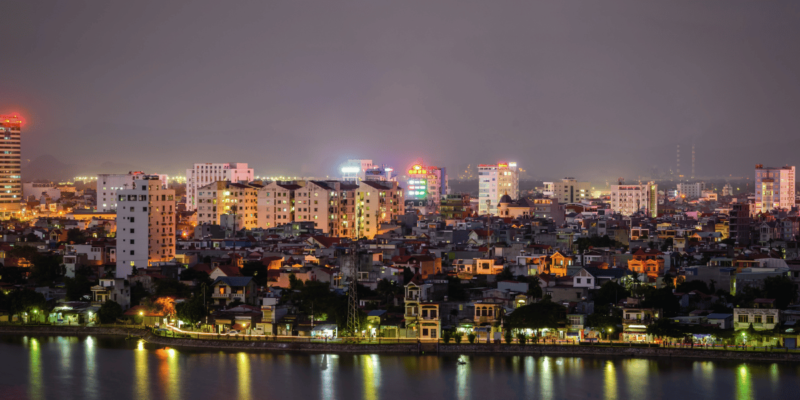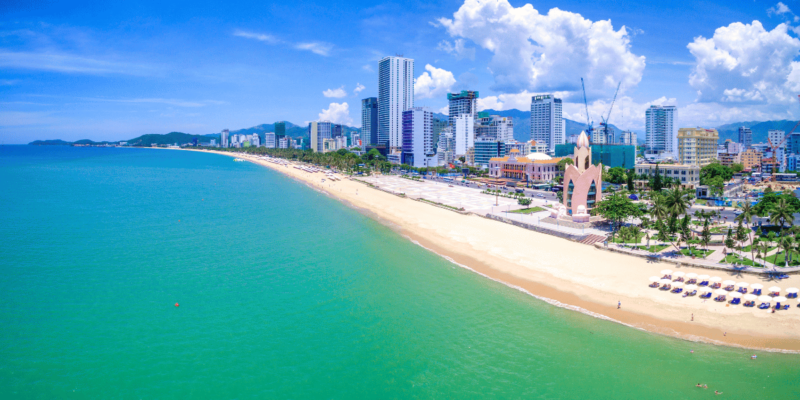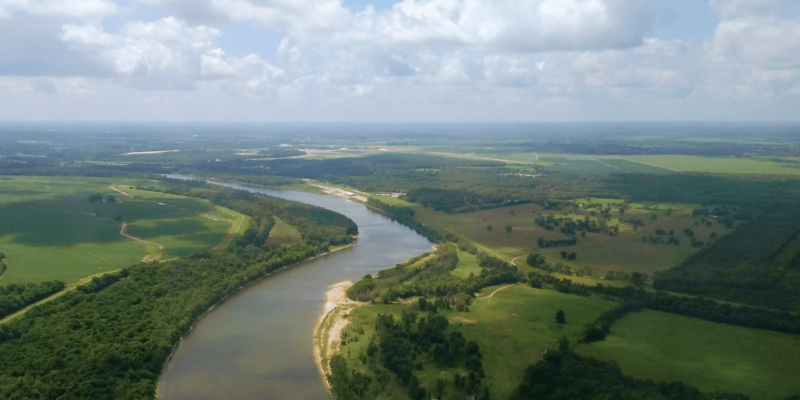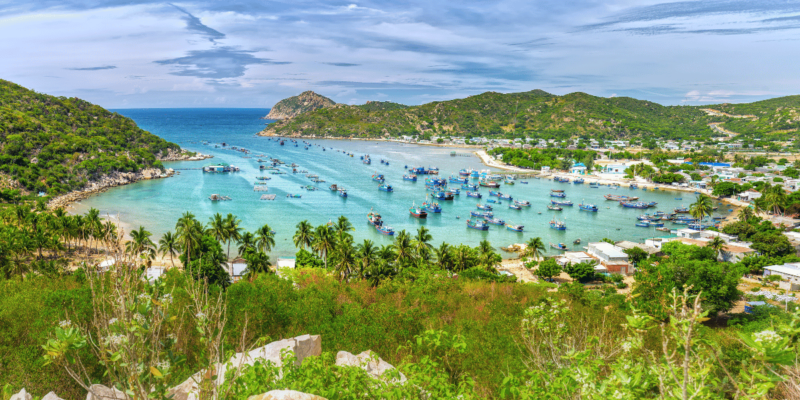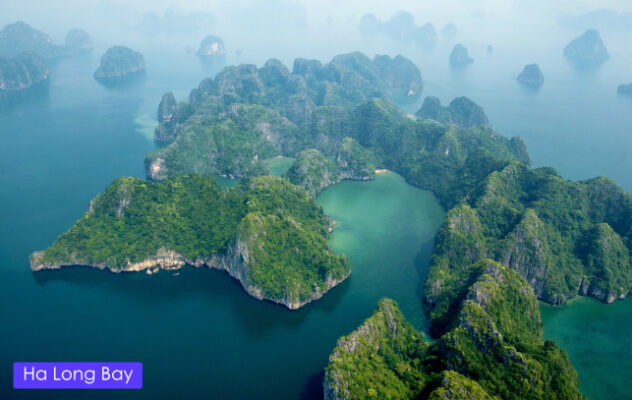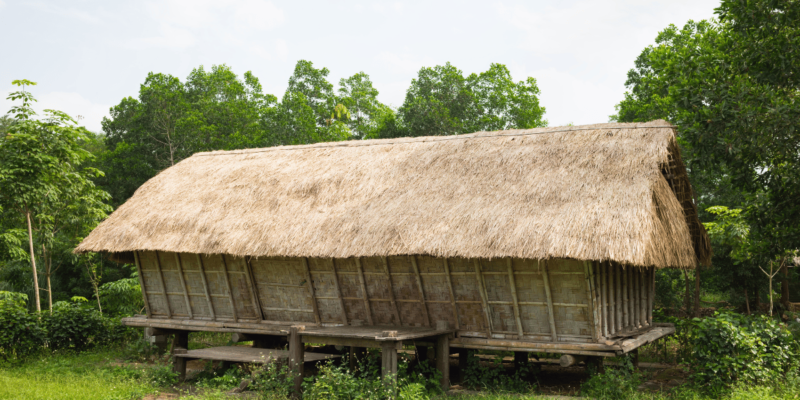Resilience and Rebirth: Exploring Pleiku’s Transformation from War-Torn Ruins to Cultural Haven
Pleiku, once a major theatre of operations during the American war, is indelibly marked by its historical significance. This city in Gia Lai province was the trigger for “Operation Rolling Thunder,” initiated by Lyndon B. Johnson following a North Vietnamese Army attack, leading to a prolonged bombing campaign. Pleiku also witnessed the war’s first conventional battle. The fall of nearby Buon Ma Thuot to the North Vietnamese led to the South Vietnamese Army’s withdrawal, reducing Pleiku to ruins.
In the post-war period, Pleiku was reconstructed with assistance from the USSR, which has imparted a stark, utilitarian architectural style reminiscent of a Soviet gulag. Despite this, the area around Pleiku boasts attractive countryside and offers delightful homestay opportunities for visitors seeking a more immersive experience.
As the capital of Gia Lai province, located roughly 50km south of Kon Tum and 200km from Quy Nhon, Pleiku is accessible via regular flights from Ho Chi Minh City. While the city has a decent local hotel and some reasonable restaurants, culinary options with an international flair are limited.
Beyond the city limits, natural and cultural attractions abound. The Phu Cuong waterfall, with its impressive single drop into a frothy pool below, contrasts sharply with the serene Plei Bloum village, where visitors can enjoy spectacular sunsets over a slow-moving river from the veranda of an ethnic homestay.
The local Gia Rai ethnic villages are noted for their unique cemeteries, featuring tombs that resemble miniature houses and are adorned with carved wooden effigies depicting various life stages, often with humor and graphic detail. Plei Phun cemetery is particularly noteworthy.
Village life in this region is relaxed and welcoming. Visitors are often invited to participate in local ceremonies and activities, experiencing firsthand the warmth and generosity of the Gia Rai people.
Architecturally, the Central Highlands are distinguished by the traditional ‘rong’ communal houses of the Ba Na people, with their sweeping thatched roofs designed to withstand strong winds. The structural design inside these houses is both intricate and functional.
Bien Ho, also known as Sea Lake, is a serene location worth visiting. This large body of water, which is actually the flooded crater of an ancient volcano, offers peaceful views, although activities are limited.
However, Yaly Falls, once one of Vietnam’s most spectacular natural sights, has largely been reduced to a trickle as most of the water is now diverted to a hydro-electric power plant. While this development may be disappointing to visitors, it is crucial for the electrification and economic development of Gia Lai, one of Vietnam’s poorest provinces.
Despite its rugged past and the mixed blessings of modern development, Pleiku offers a unique glimpse into the resilience and evolving lifestyle of a region shaped by both its cultural heritage and the necessities of contemporary progress.


